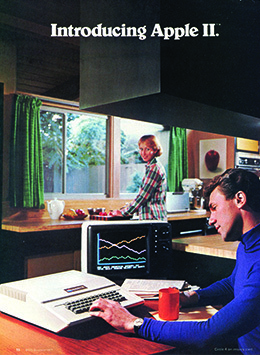| << Chapter < Page | Chapter >> Page > |
Clinton also strongly supported ratification of the North American Free Trade Agreement (NAFTA), a treaty that eliminated tariffs and trade restrictions among the United States, Canada, and Mexico. The treaty had been negotiated by the Bush administration, and the leaders of all three nations had signed it in December 1992. However, because of strong opposition from American labor unions and some in Congress who feared the loss of jobs to Mexico, the treaty had not been ratified by the time Clinton took office. To allay the concerns of unions, he added an agreement to protect workers and also one to protect the environment. Congress ratified NAFTA late in 1993. The result was the creation of the world’s largest common market in terms of population, including some 425 million people.
During Clinton’s administration, the nation began to experience the longest period of economic expansion in its history, almost ten consecutive years. Year after year, job growth increased and the deficit shrank. Increased tax revenue and budget cuts turned the annual national budget deficit from close to $290 billion in 1992 to a record budget surplus of over $230 billion in 2000. Reduced government borrowing freed up capital for private-sector use, and lower interest rates in turn fueled more growth. During the Clinton years, more people owned homes than ever before in the country’s history (67.7 percent). Inflation dipped to 2.3 percent and the unemployment rate declined, reaching a thirty-year low of 3.9 percent in 2000.
Much of the prosperity of the 1990s was related to technological change and the advent of new information systems. In 1994, the Clinton administration became the first to launch an official White House website and join the revolution of the electronically mediated world. By the 1990s, a new world of instantaneous global exposure was at the fingertips of billions worldwide.
While the roots of innovations like personal computers and the Internet go back to the 1960s and massive Department of Defense spending, it was in the 1980s and 90s that these technologies became part of everyday life. Like most technology-driven periods of transformation, the information age was greeted with a mixture of hope and anxiety upon its arrival.
In the late 1970s and early 1980s, computer manufacturers like Apple, Commodore, and Tandy began offering fully assembled personal computers. (Previously, personal computing had been accessible only to those adventurous enough to buy expensive kits that had to be assembled and programmed.) In short order, computers became a fairly common sight in businesses and upper-middle-class homes ( [link] ). Soon, computer owners, even young kids, were launching their own electronic bulletin board systems, small-scale networks that used modems and phone lines, and sharing information in ways not dreamed of just decades before. Computers, it seemed, held out the promise of a bright, new future for those who knew how to use them.

Casting shadows over the bright dreams of a better tomorrow were fears that the development of computer technology would create a dystopian future in which technology became the instrument of society’s undoing. Film audiences watched a teenaged Matthew Broderick hacking into a government computer and starting a nuclear war in War Games , Angelina Jolie being chased by a computer genius bent on world domination in Hackers , and Sandra Bullock watching helplessly as her life is turned inside out by conspirators who manipulate her virtual identity in The Net . Clearly, the idea of digital network connections as the root of our demise resonated in this period of rapid technological change.

Notification Switch
Would you like to follow the 'U.s. history' conversation and receive update notifications?